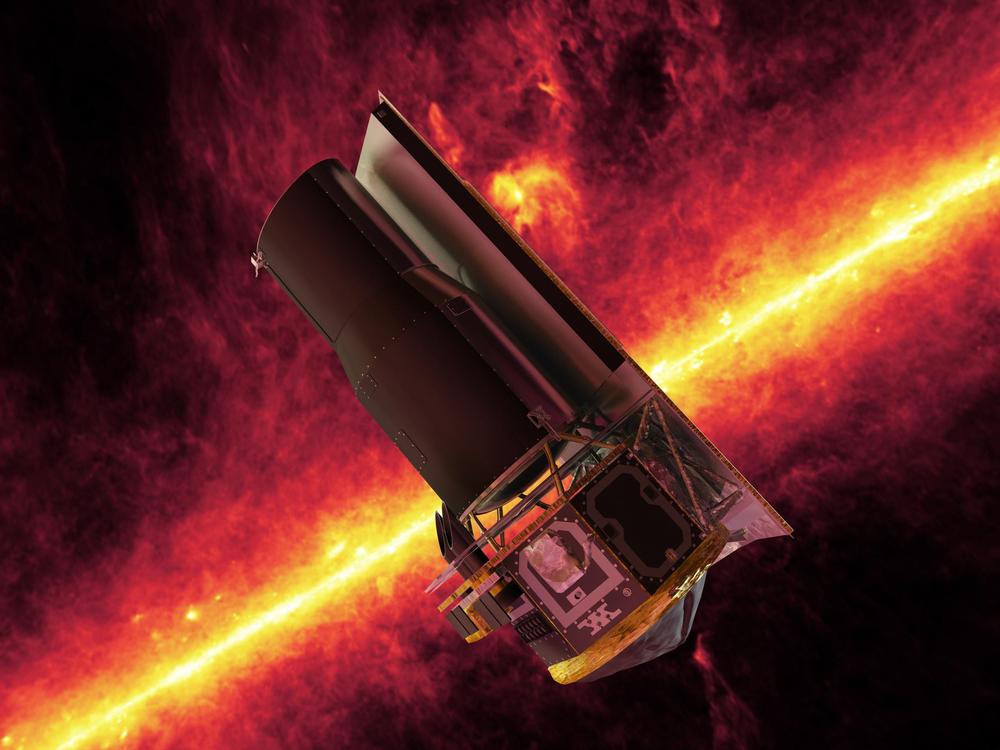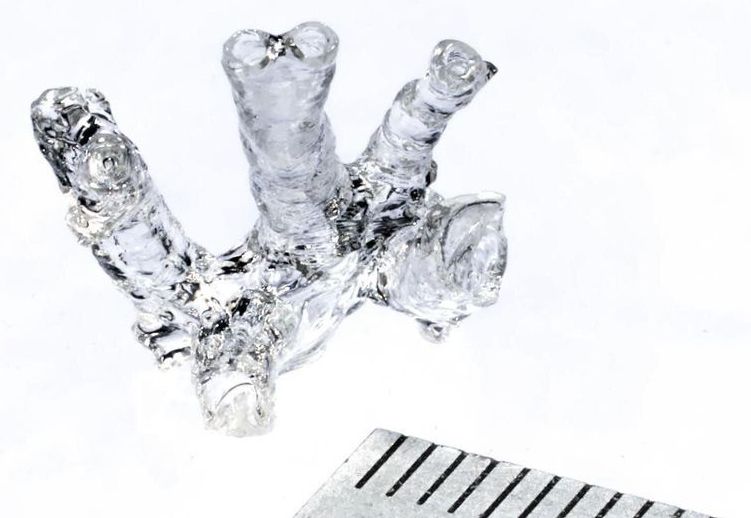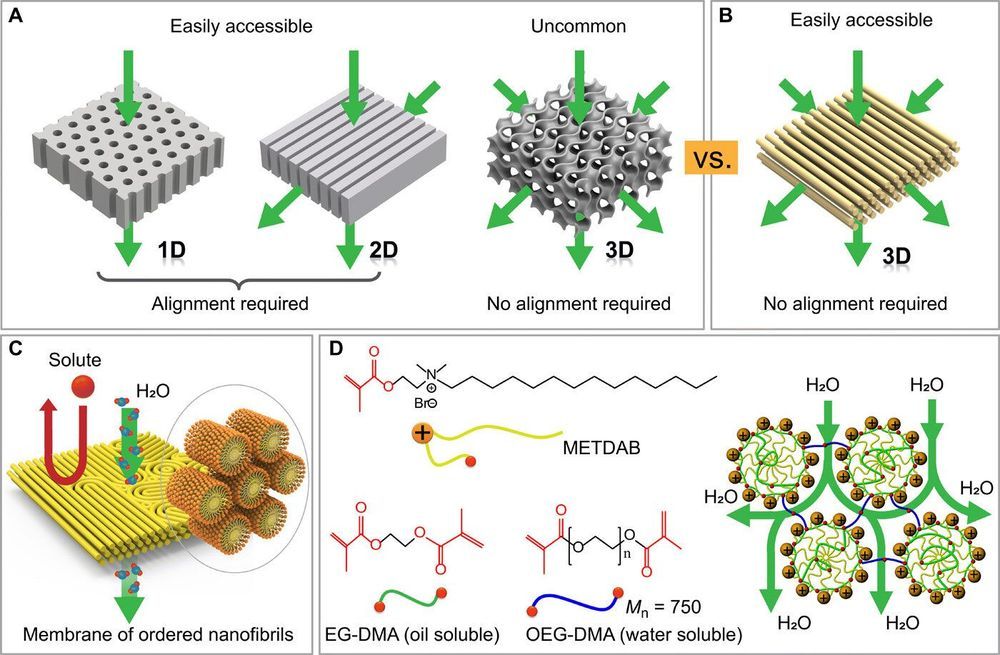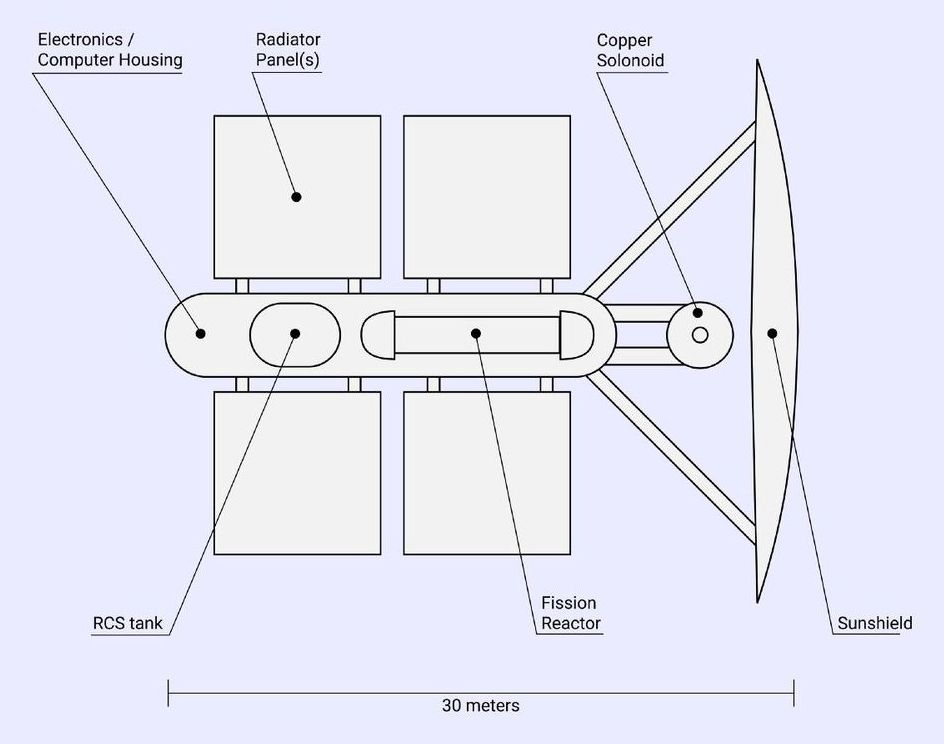Aug 27, 2019
Big Developments Bring Us Closer to Fully Untethered Soft Robots
Posted by Omuterema Akhahenda in categories: 3D printing, engineering, robotics/AI
Researchers from the Harvard John A. Paulson School of Engineering and Applied Sciences (SEAS) and Caltech have developed new soft robotic systems that are inspired by origami. These new systems are able to move and change shape in response to external stimuli. The new developments bring us closer to having fully untethered soft robots. The soft robots that we possess today use external power and control. Because of this, they have to be tethered to off-board systems with hard components.
The research was published in Science Robotics. Jennifer A. Lewis, a Hansjorg Wyss Professor of Biologically Inspired Engineering at SEAS and co-lead author of the study, spoke about the new developments.
“The ability to integrate active materials within 3D-printed objects enables the design and fabrication of entirely new classes of soft robotic matter,” she said.


















